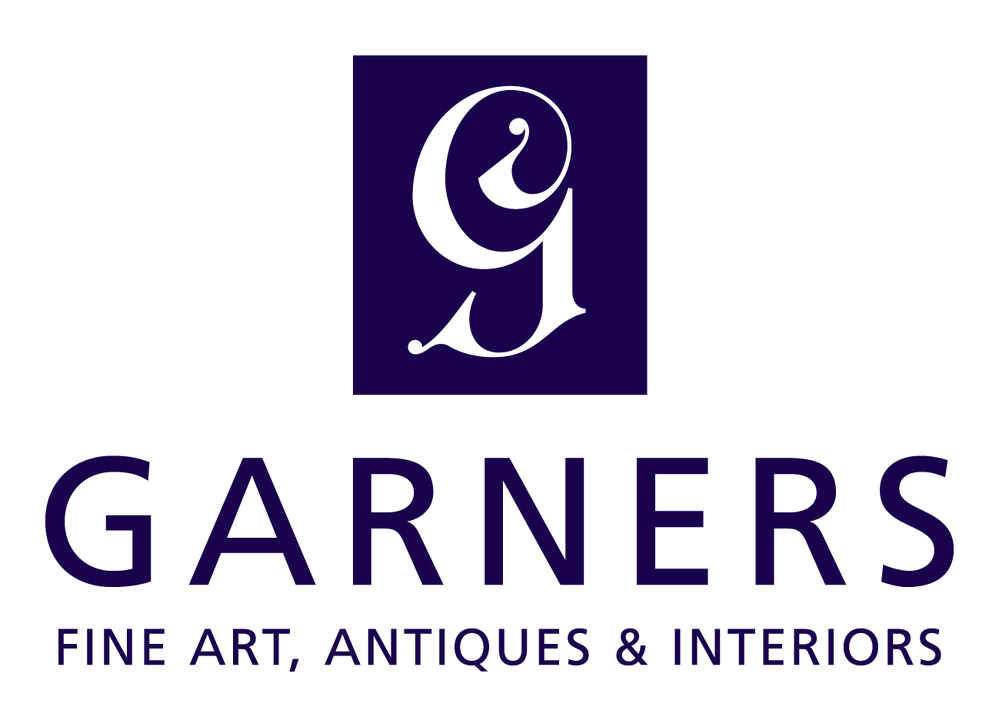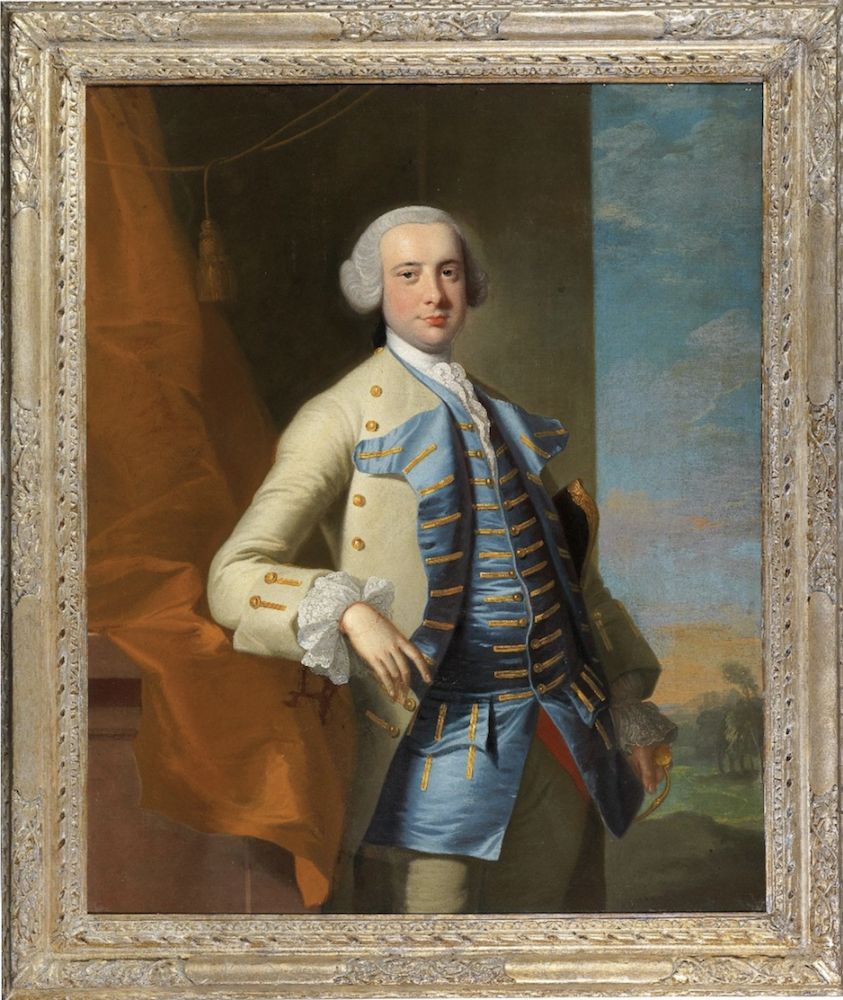x SOLD : 18th Century Portrait of a Nobleman by Thomas Hudson
£0.00
This Portrait is now sold, please contact Paul Garner on +44 1572 823607 if you are looking for something similar.
A Portrait of a Nobleman, Oil on canvas.
Dimensions:
Framed size: 127cm x 101.5 cm
Provenance (according to old labels on the back):
Sir Robert Hatfield, 22 Carlton House Terrace;
The Cooling Galleries, London;
Thomas Agnew and Son, London
Artist Biography:
Thomas Hudson (Devon 1701–1779 Twickenham)
The present painting is a very impressive example of Thomas Hudson’s elegant portraiture. Hudson, the son-in-law of Jonathan Richardson, was the most fashionable portraitist of the second quarter of the 18th century. Hugely prolific, he produced likenesses of most of the leading figures of the period. Hudson’s highly successful studio was based in Covent Garden with Joshua Reynolds, Richard Phelps and Joseph Wright of Derby were included amongst his apprentices.
Whilst the physiognomy is depicted in Hudson’s characteristic accomplished manner, the present painting owes its grandeur not only to the handling of the likeness itself and to the elegant composition, but also to the impressive depiction of the velvet coat, the silk waistcoat, the sumptuous shimmering silk lapels and the rich gold lacing. It must be noted that collaborations between highly specialised artists were as common in 18th century England as they were in 17th century Antwerp. To handle the volume of commissions, Hudson relied upon the services of a drapery painter. George Vertue noted in 1744 that: ‘It is truly observd that Hudson has lately more success and approbation than the other or any other of ye busines – at present a great Run – his pictures being dressd and decorated by Mr Joseph Van Aken – who is a very elegant and ingenious painter. Serves & helps him and other painters to dress and set off their pictures to advantage he having an excellent free Genteel and florid manner of pencelling Silks Sattins Velvets, Gold laceings and Carvings‘.
In this painting Hudson completed the face and hands, whilst the drapery painter, most likely Joseph van Aken, was responsible for the pose and costume. Modern scholars tend to cast a division between a supposedly superior portrait painter and inferior drapery painter, but contemporary accounts, such as Vertue’s notebooks, point to Joseph van Aken’s celebrity and importance. Drapery painters were frequently regarded as master technicians and artists with a status parallel to that of portraitists. The drapery painter Peter Toms, for example, was a founding member of the Royal Academy.
[Antique Portrait, Early Portrait, Portrait of a Gentleman]


